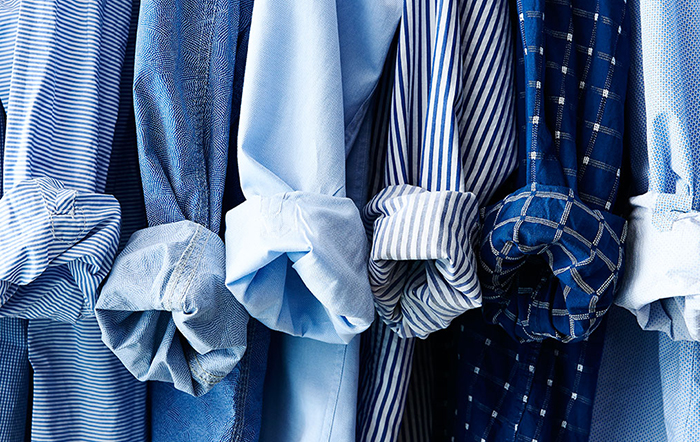Indonesia is ranked among the top ten largest textile producing countries. The textile and garment industry is one of Indonesia’s oldest industries. According to the World Trade Organization, the country trails after China, the EU, India, Turkey, Bangladesh, the US, Vietnam, South Korea and Pakistan with 4.1 per cent of the global exports in garments in 2016.
The Indonesian government targets to increase the nation’s value of exported textiles and garments to USD $75 billion by the year 2030, implying that this industry would contribute around 5 percent to global exports to enter the top five ranking of the world’s largest textile and garment exporters.
Indonesia garments exports
Overseas sales have increased by an average of 17 percent annually since 2009 to reach the value of USD $12.3 billion in 2016.
The US is the primary market as it accounted for $4.3 billion in 2011.
Japan is the most important destination in the Asia-Pacific region.
The textile and clothing industry in Indonesia is the largest source of manufacturing employment and in 2016 it was the second largest source of exports.
Competitive advantages
- The sector’s primary advantage is low labor cost
- The industry is involved in almost every sector of the textile supply chain, including yarn production, weaving, knitting, dyeing, printing and finishing and clothing manufacture, and there is a large man-made fibre industry. Makers are likewise flexible regarding replacement, refund and payment policies.
- Increasing use of sustainable materials such as organic cotton
- Negotiations about the Indonesia-EU CEPA (Comprehensive Economic Partnership Agreement) started in 2011, and both parties seem committed to reach an agreement before 2018.
- The Indonesian government has expressed its intention to join the Trans-Pacific Partnership (TPP). This free trade deal would boost demand for Indonesian textile from the United States and Japan.
Industry composition
- Indonesia has about 20,000 garment enterprises.
- Small makers account for 60 percent of the supplier base.
- About 95 percent of garment manufacturers are located in the island of Java.




